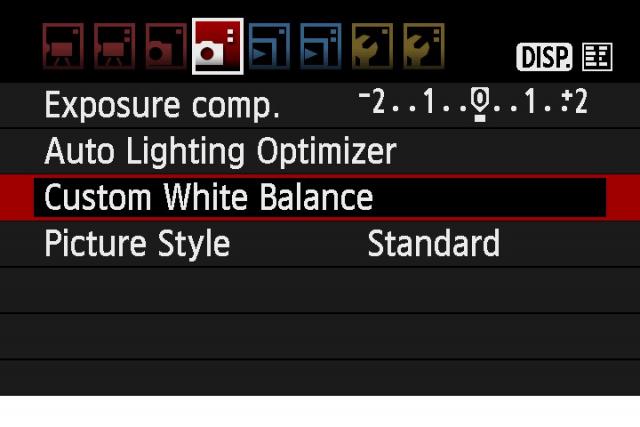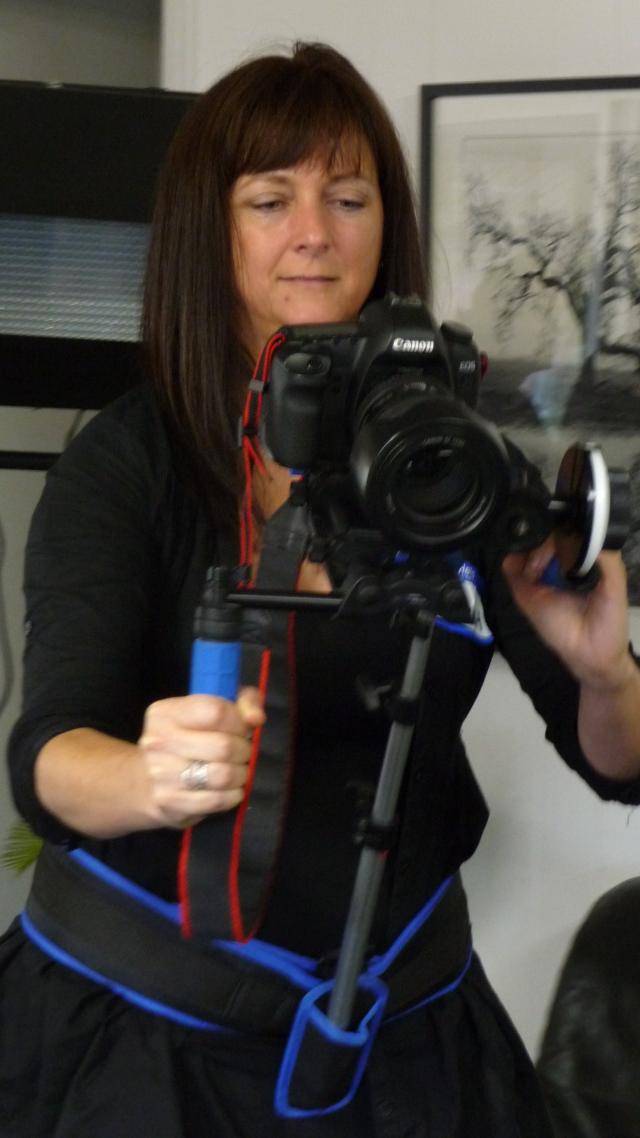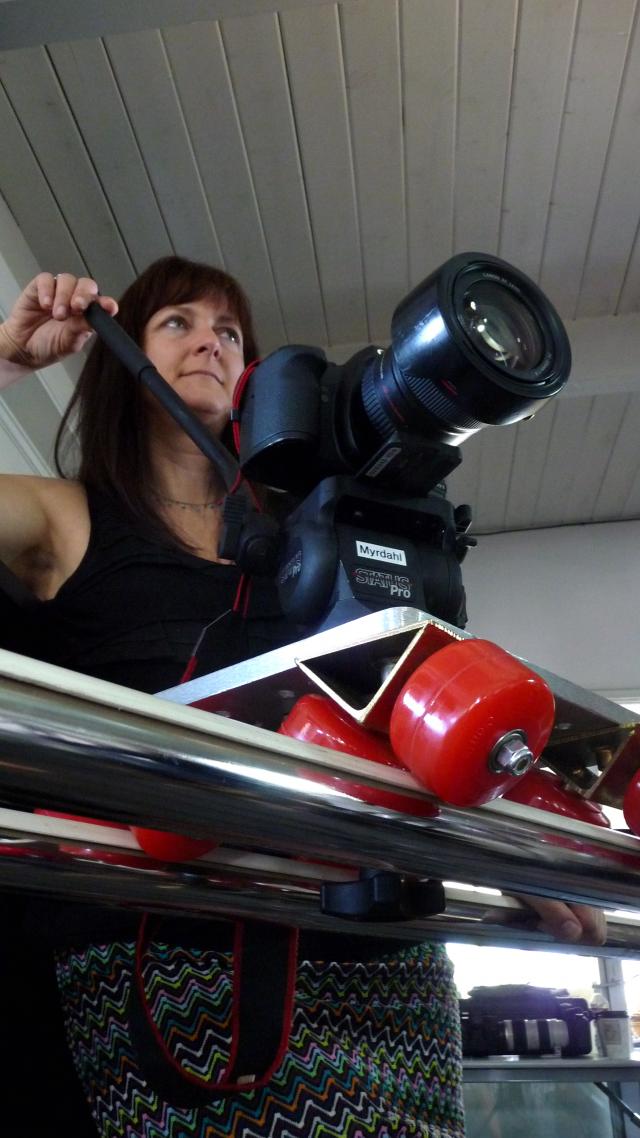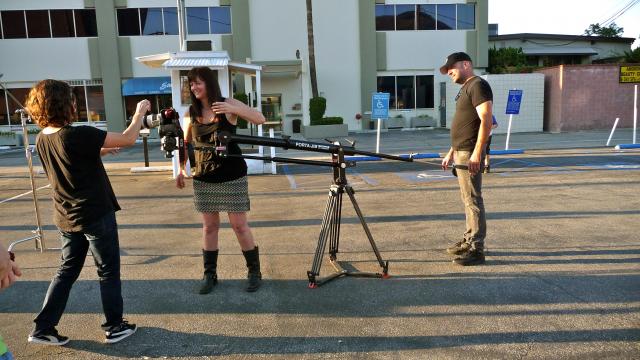Andrew Bender is a freelance Filmmaker based in Los Angeles working on Narrative, Documentary, Commercial and Corporate projects. He rounded out the team that went to the Palm Springs Photo Festival this year to teach the Canon Boot Camp. He is a DSLR expert and an experienced C300 camera operator. Previously, he was on staff at Google for five years as part of their in house video department and had the opportunity to shoot videos all over the world including Australia, Argentina, Finland, Ireland and Mexico.
Andrew thrives on the creative and technical challenges of transferring a story or an idea onto the screen. He was kind enough to impart his knowledge of the Canon HDSLR and his filmmaking techniques to the participants at the Palm Springs Photo Festival.

Andrew Bender: multi-talented camera guru
I asked Andrew to tell me about his first time teaching at the Canon Boot Camp. Below are his answers:
Celine: How was your experience teaching at the Palm Springs Photo Festival?
I had a blast teaching at the PSPF, it was great working with all the students who had varying backgrounds and levels of experience, hearing their questions and seeing the ideas they came up with was exciting and educational. It was fun to have a lot of great new gear to play with from Canon. I also learned a lot working with Fletch and watching him teach.
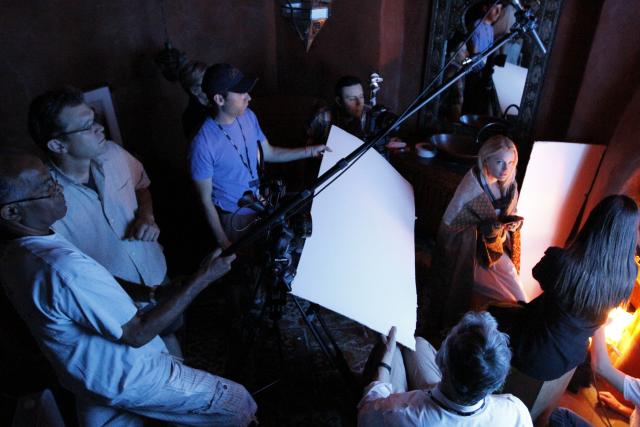
Here is Andrew using a white bounce card to help fill the actresses’ profile.
Celine: Did you have a favorite scene?
We did an interior scene lit almost entirely by firelight. I wanted to see how little light we could get away with and Canon was kind enough to loan us a set of Cinema Prime lenses and a 1D C, we ended up shooting close ups on the 1D C with an 85mm Cinema Prime wide open, much to Fletch’s dismay since we had less than 1 inch of depth of field on a shot where the actress was moving. It was a good way to show the students the difference between still lenses and cine lenses when it comes to pulling focus since we were able to get some graceful focus pulls.
Celine: Yes, Canon was very nice to loan us the 1D C. Last year, they loaned us the C300! I wonder what we will get our hands on next year… Could you please expand a bit on your experience with the 1D C?
My first experience with the 1D C was at the PSPF…Canon was nice enough to loan it to me for the week, and I didn’t want to give it back at the end of the workshop. I had been interested in it ever since it was announced and after having played with it for a few days I was even more interested in getting the opportunity to use it on a project. The ability to shoot 4K video with a DSLR (although highly compressed) is pretty nice. The 1D C can also shoot 60fps at 1920×1080 resolution something that the C300 can’t do. Having Canon Log in video mode is also a great feature in the 1D C, making it possible to match it with the other Canon Cinema cameras. Oh, and it’s an amazing still camera!
One issue I noticed was some pretty bad banding and artifacting in some video clips I had shot on the 1D C, after some research online it seems that shooting at ISOs lower than it’s native ISO of 400 can cause that problem.
Celine: What are the pros and cons of using the C300 over the 5D Mark III or other Canon HDSLR?
For me the pros of the C300 over a DSLR are primarily the image quality, shooting the C300 in Canon Log has more exposure latitude than the DSLRs. The 50 Mbps MXF files that the C300 records to CF cards allows for much more creative color grading than what any DSLR can record to card. Having XLR audio inputs, built in ND filters and a HD-SDI output are all additional “pro” features that DSLRs don’t have. The C300s LCD that can be turned and flipped to the operators preference and the included waveform monitor and vectorscope are great features that allow you make accurate exposure and color decisions using only the onboard LCD.
For all of the benefits of the C300 it is significantly more expensive than a DSLR. The C300 is also bigger and heavier than a 5D, so the form factor alone may make a DSLR more appropriate for some projects.
Celine: Anything specifically you’d like to point out or note about the C300?
The C300 does leave some things to be desired, particularly high frame rate recording with a maximum of only 60fps and a maximum resolution of 1280×720 for anything thing higher than 30fps.
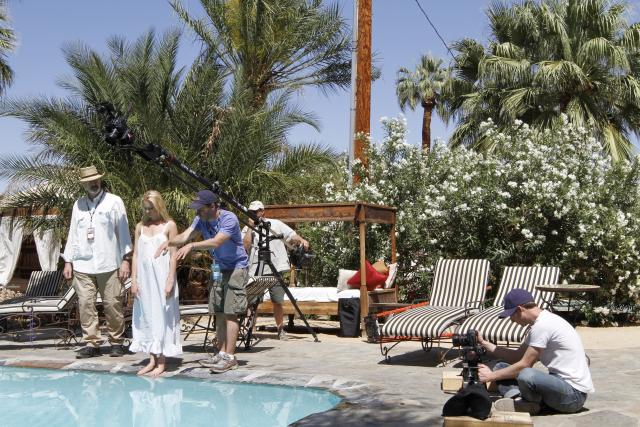
Andrew is directing the actress’ plunge into the pool for the underwater scene.
- See more at: http://blog.theassociation.tv/blog/the-association/page/2#sthash.mP5wCmNy.dpuf





